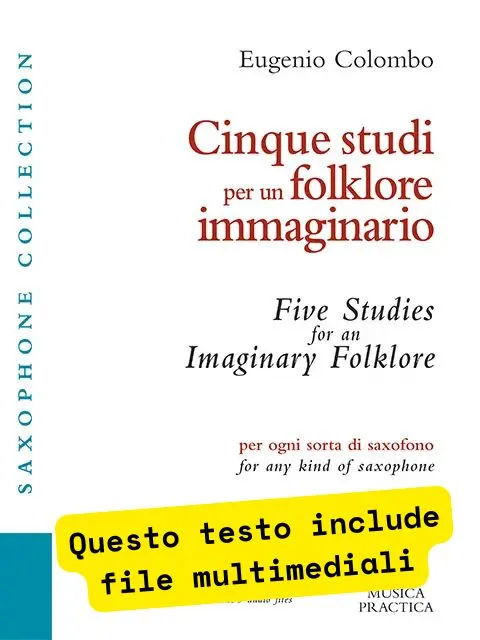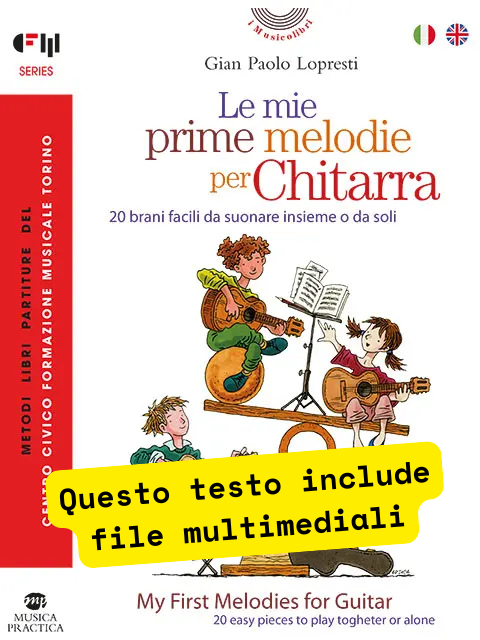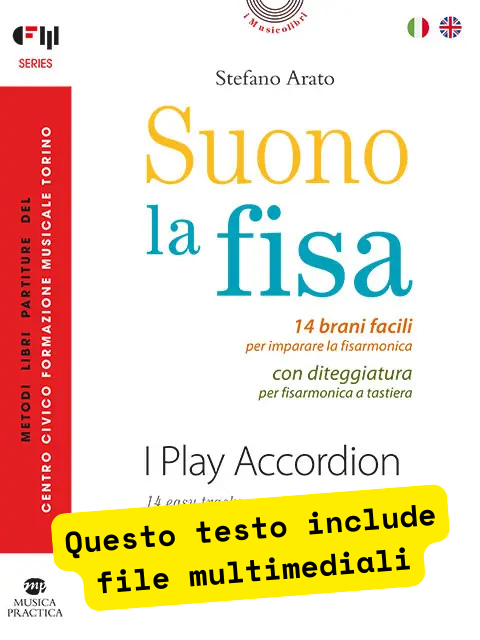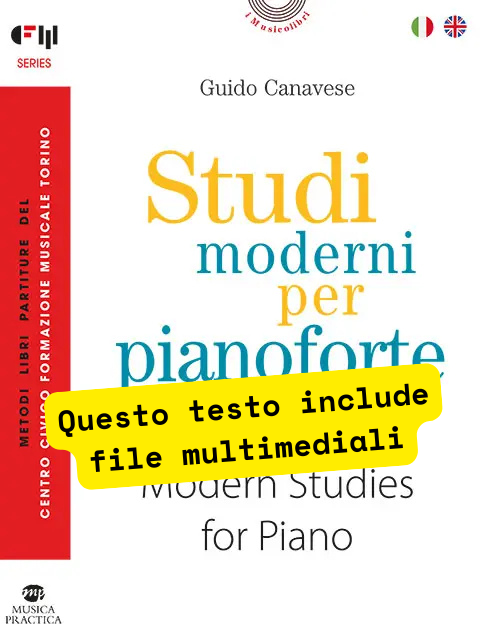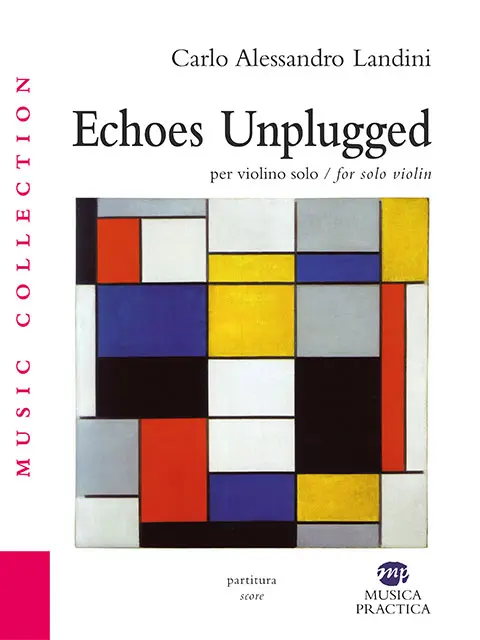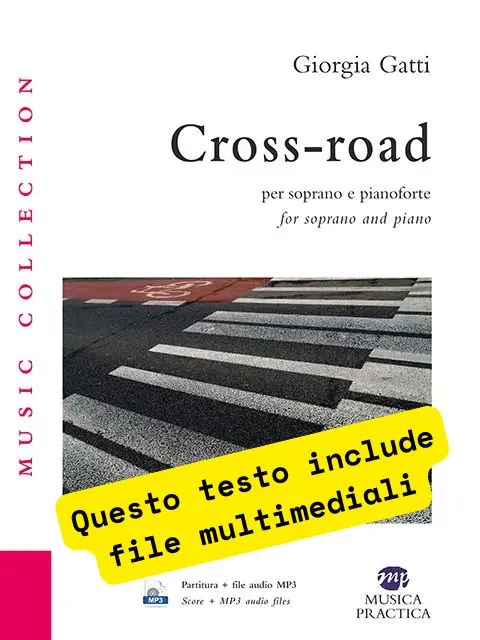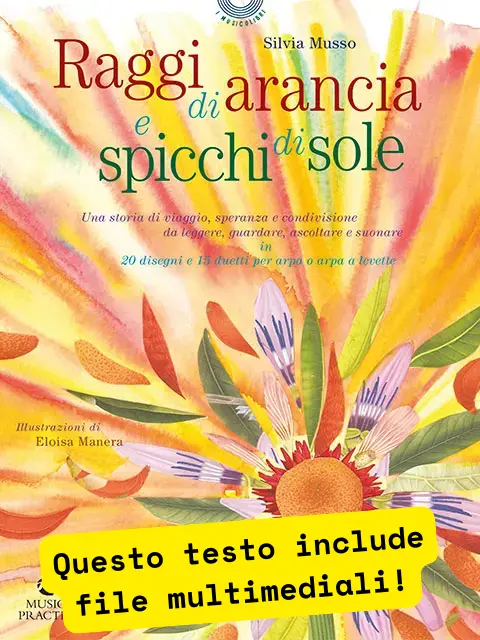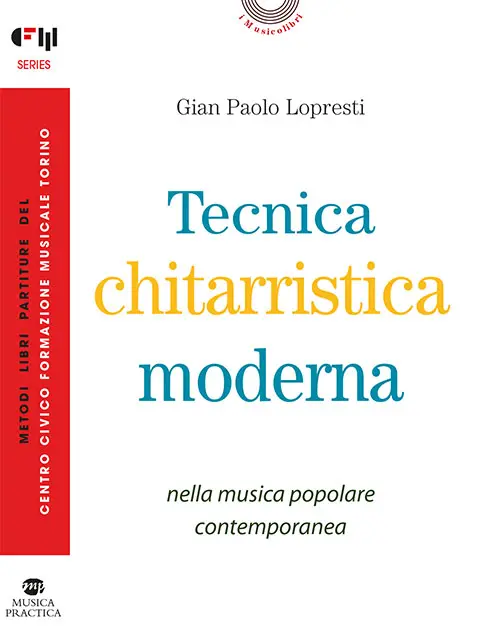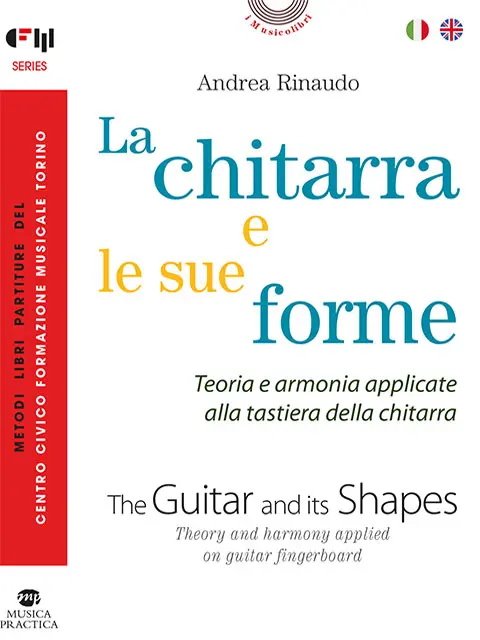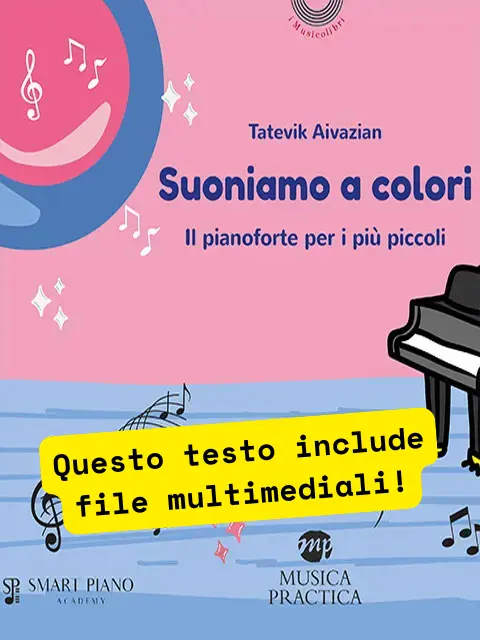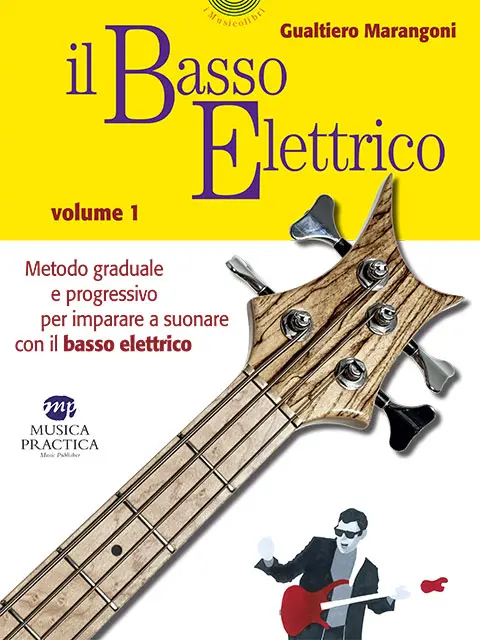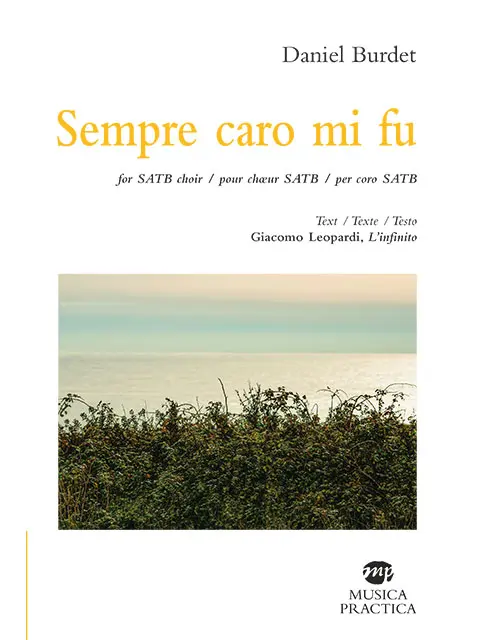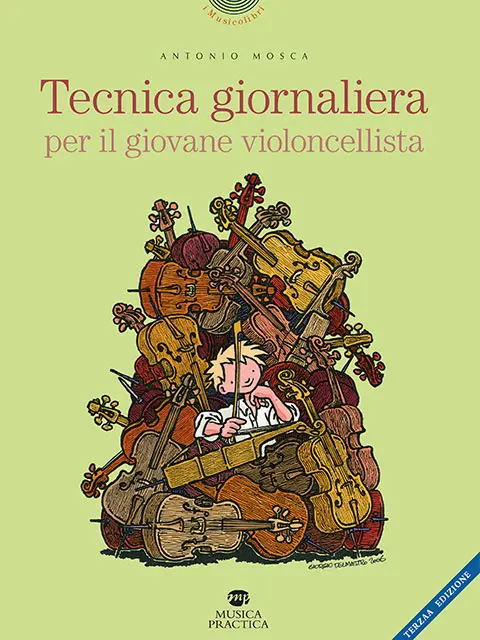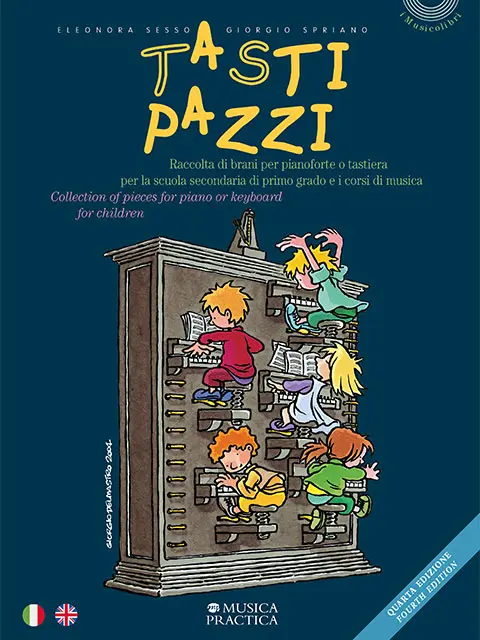Descrizione
Il tradizionale corso di sax, in uso nei conservatori italiani fino a pochi anni fa, prevedeva un percorso scandito da studi tecnico-melodici, troppo spesso solo tecnici, mirato a condurre l’allievo al superamento degli esami di 5° e 7° anno. In questo non si distingueva molto dai programmi per gli altri strumenti, anzi, salvo qualche rara eccezione, gli studi erano e sono tratti da metodi per oboe, clarinetto, talvolta violino, ecc.Con una sostanziale differenza: per questi strumenti gli studi sono propedeutici a una letteratura sette-ottocentesca, mentre il repertorio saxofonistico è quasi esclusivamente del ’900. Non abbiamo repertorio barocco, classico o romantico e possiamo solo contare su qualche trascrizione. Per altro, la musica che ha reso popolare il nostro strumento è il jazz, che fino a poco tempo fa non era riconosciuto come musica “colta” e quindi non si studiava in conservatorio.
Oggi, in un conservatorio oramai trasformato in università, i libri di studi in uso si rivelano sempre più obsoleti e lontani da quello che è la musica suonata. Allo stesso tempo sono convinto che studiare su un libro o su un altro cambi poco e, alla fine, se si studia seriamente qualsiasi testo, va bene: i programmi sono come scatole vuote da riempire con il rapporto profondo ed esclusivo che corre tra insegnante e allievo.
Ritengo che, in genere, sia dedicata poca attenzione alla espressività, si privilegia piuttosto un virtuosismo di stampo romantico. Questo approccio è oggi particolarmente limitativo in una società come la nostra, sempre più cosmopolita e con una sostanziale accettazione della presenza di culture non necessariamente riferibili all’eurocentrismo.
Queste sono le motivazioni alla base del presente lavoro, per cui ho privilegiato tempi lenti ed espressivi.
Eugenio Colombo
----------------------------------------------------------
Until a few years ago, saxophone teaching in music conservatoires in Italy consisted of technical and melodic studies – with, too often, an unfortunate emphasis on the purely technical aspects of playing whose primary aim was to help students pass the 5th and 7th year exams.
This method was similar to that for many other instrumental courses. The main difference being that the books used for teaching saxophone were, with a few exceptions, simply copies of studies written for other instruments such as the oboe, the clarinet or perhaps the violin.
However, these studies were intended to prepare the student for the performance of 18th and 19th century music, whilst practically all music for the saxophone was written in the 20th century. Apart from a few transcriptions, there is no Baroque, Classical or Romantic repertoire for the saxophone.
Furthermore, despite the fact that it was principally through jazz that the saxophone had become popular, jazz was not – until quite recently – deemed to be an art form worthy of study at the conservatoire.
So, whilst conservatoires have now been updated to equal status with universities, the conservatoire’s teaching programmes are becoming increasingly obsolete and unrelated to music written specifically for the saxophone. Now, I do believe that this might not necessarily be a big issue because – in the end, when studied seriously – all material can bring benefits. After all, a conservatoire course is essentially an empty container whose contents are the development of the deep and special relationship that evolves between a teacher and their student.
What I do believe to be a serious gap is the lack of material dedicated to musical expression, for the emphasis continues to be centred on a Romantic concept of virtuosity. Such an approach is especially limiting in a world which is increasingly cosmopolitan, with its growing awareness of non-eurocentric cultures.
These considerations have been the inspiration for the present publication with its focus on slow and expressive tempi.
Eugenio Colombo
Dettagli
EditoreVoglino EditorePagine16ISBN9788831274302Anno2021
Altri formati e servizi
Altro in "Strumento"
Altro in "Solista"
Altro in "Partiture e trascrizioni"
Novità
La chitarra e le sue formeTeoria e armonia applicate alla tastiera della chitarra - CFM SERIES
24.00€

